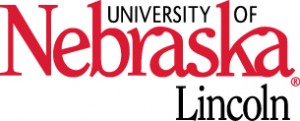Procedural modeling uses Geographic Information Systems (GIS) to transform 2D features (from multiple data sources ranging from architectural plans to laser scanning data) into 3D geometries and then exports the outputs into many formats for use on multiple platforms (e.g., desktop, mobile) and browsers.
A major advantage of procedural modeling is that it allows scholars to create multiple virtual reconstructions that can be quickly updated and used to test and formulate alternative hypotheses. This flexibility promotes the reuse of data and stimulates ongoing discussion about reconstructions and interpretations of urban landscapes. Another key advantage is the ability for procedural models to be linked with annotations and metadata that describe modeling choices and underlying data sources; in other words, procedural modeling allows source materials to be included in 3D narratives.
The following lexicon is the 2D foundation for the 3D reconstructions found in the MayaCityBuilder landscape. Drawing strong influence from the Puuc and other neighboring Maya sites, the goal is to create a virtual, visual dictionary from which developers can grab particular architectural features.
Sources used:
Muller, P., Vereenooghe, T., Wonka, P., Paap, I., Van Gool, L. “Procedural 3D Reconstruction of Puuc Buildings in Xkipché.” VAST: International Symposium on Virtual Reality, Archaeology and Intelligent Cultural Heritage, 2006.
Pendergast, D.M., Loten, H.S. “A Lexicon for Maya Architecture.” Royal Ontario Museum, 1984.
